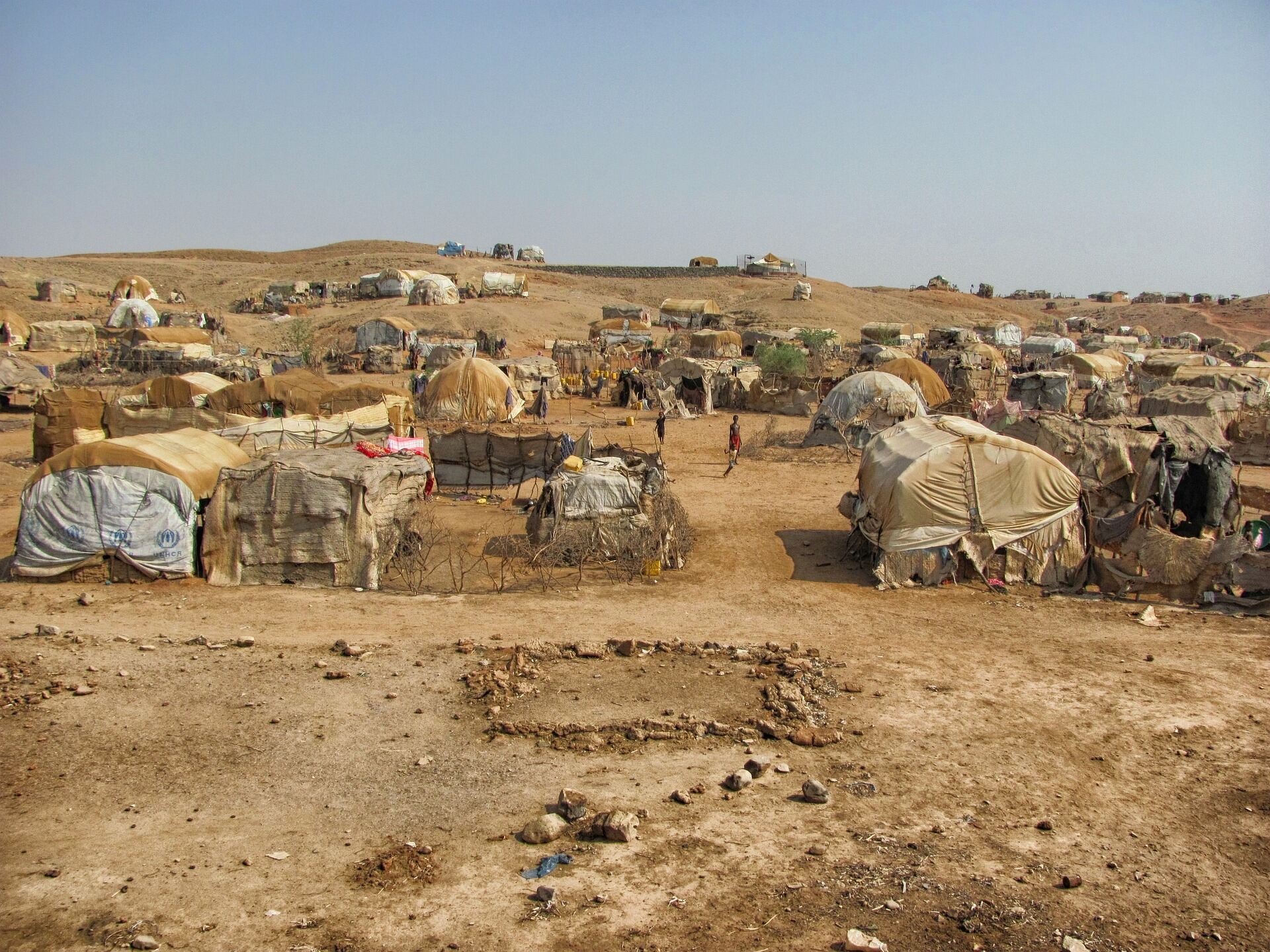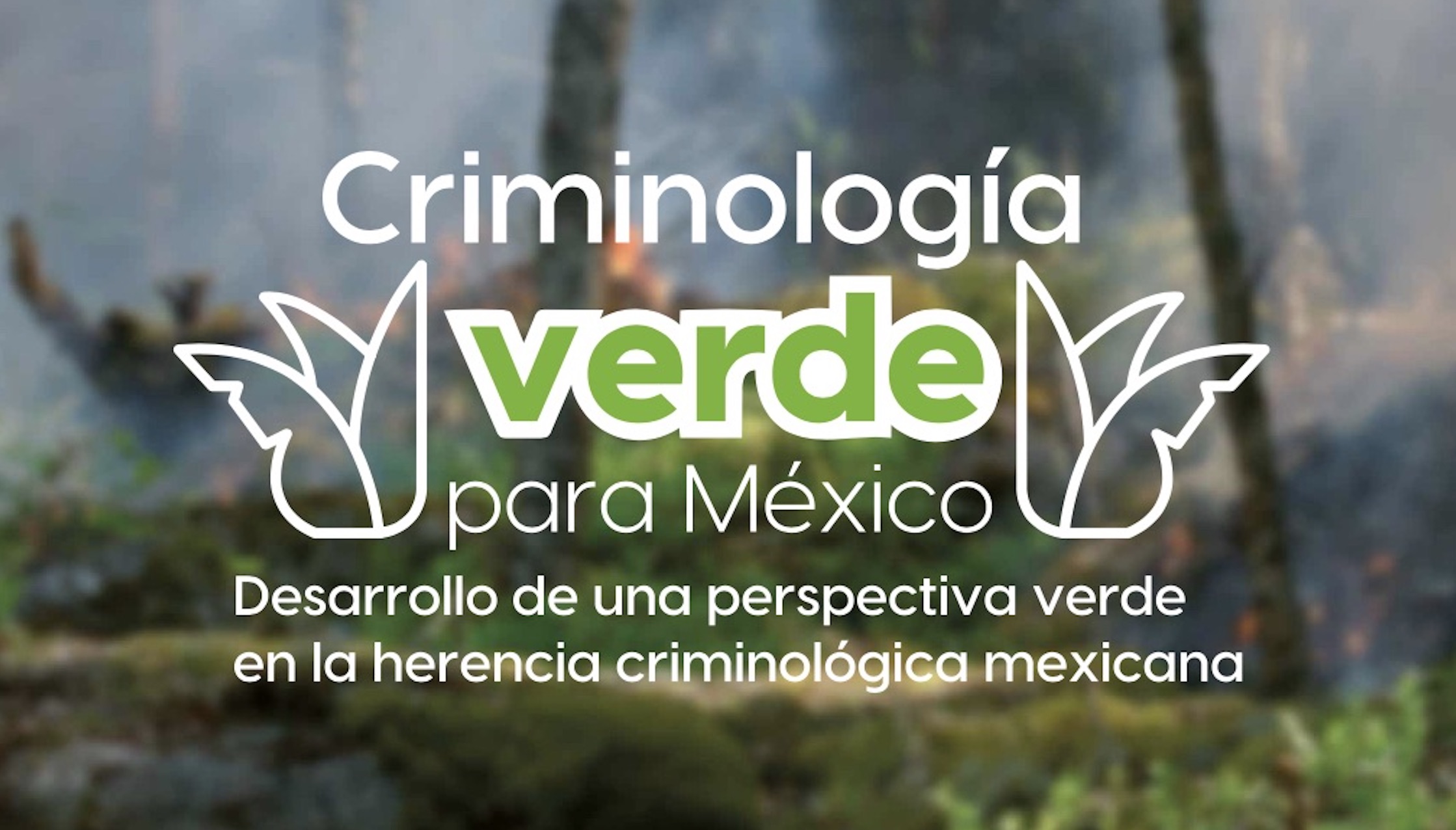As climate change and conflict increase, new IUCN reports says conservationists need to better consider how they engage with migration and displacement of both human and other species
In a thought-provoking new report titled "Planet on the Move", IUCN’s Commission on Environmental, Economic and Social Policy (CEESP) underscores the need for a paradigm shift in global conservation efforts in the face of growing human and other species migration potentially fuelled by climate change, environmental degradation, and conflict.

The World Bank estimates that climate-induced internal migration could impact 216 million people by 2050, led by movements in Sub-Saharan Africa, East Asia and the Pacific, South Asia, North Africa, Latin America, and Eastern Europe and Central Asia.
Co-authored by conservation, migration, humanitarian, development, and legal experts from leading institutions, the report illustrates the intersectoral and cross-disciplinary partnerships needed to prepare, plan, and adapt to a planet on the move.
“The genesis of this publication lies in a profound realisation: our conservation efforts can no longer exist in isolation from the broader context of global change. Climate change, habitat destruction, and resource scarcity drive the displacement of both human and non-human species, altering the very fabric of ecosystems. Simultaneously, conflicts, both large and small, disrupt the lives of millions, often forcing them to seek refuge in unfamiliar lands,” writes Kristen Walker Painemilla, Chair of CEESP, one of IUCN’s seven expert Commissions.
The report recognises that mass and sudden migration can amplify pressure on coastal areas, water basins, rangelands, and other vulnerable yet vital ecosystems. At the same time, it also notes that traditional conservation methods – such as strictly protected areas or exclusive area-based conservation – can themselves risk increasing conflict and displacement of local communities, Indigenous Peoples, and species.
"Planet on the Move" asserts that, “traditional conservation methods are no longer adequate in isolation, conservation needs to plan for likely future conditions, not just present conditions, in order to be prepared for migrations associated with climate, development and demographic change. Elements of the practice of conservation need to be reconceptualised to embrace a new network of partnerships outside conservation’s conventional areas of influence and at scales beyond its usual focus, in order to address migration, humanitarian and development needs without compromising biodiversity and nature.”
“This report – led by the International Union for Conservation of Nature – is an excellent example of this growing partnership, and I hope that the expertise it contains will help further the dialogue about how to create a more sustainable and climate-resilient future,” writes Amy Pope, Director General of the International Organization for Migration.
The authors encourage debate and engaged dialogue in exploring this report to support innovative approaches to reimagine conservation with migration awareness and in conflict-sensitive ways. They hope the report will provide guidance for collaborative environmental peacebuilding approaches that can help enhance conservation planning and action.
The report is available to be downloaded here.



